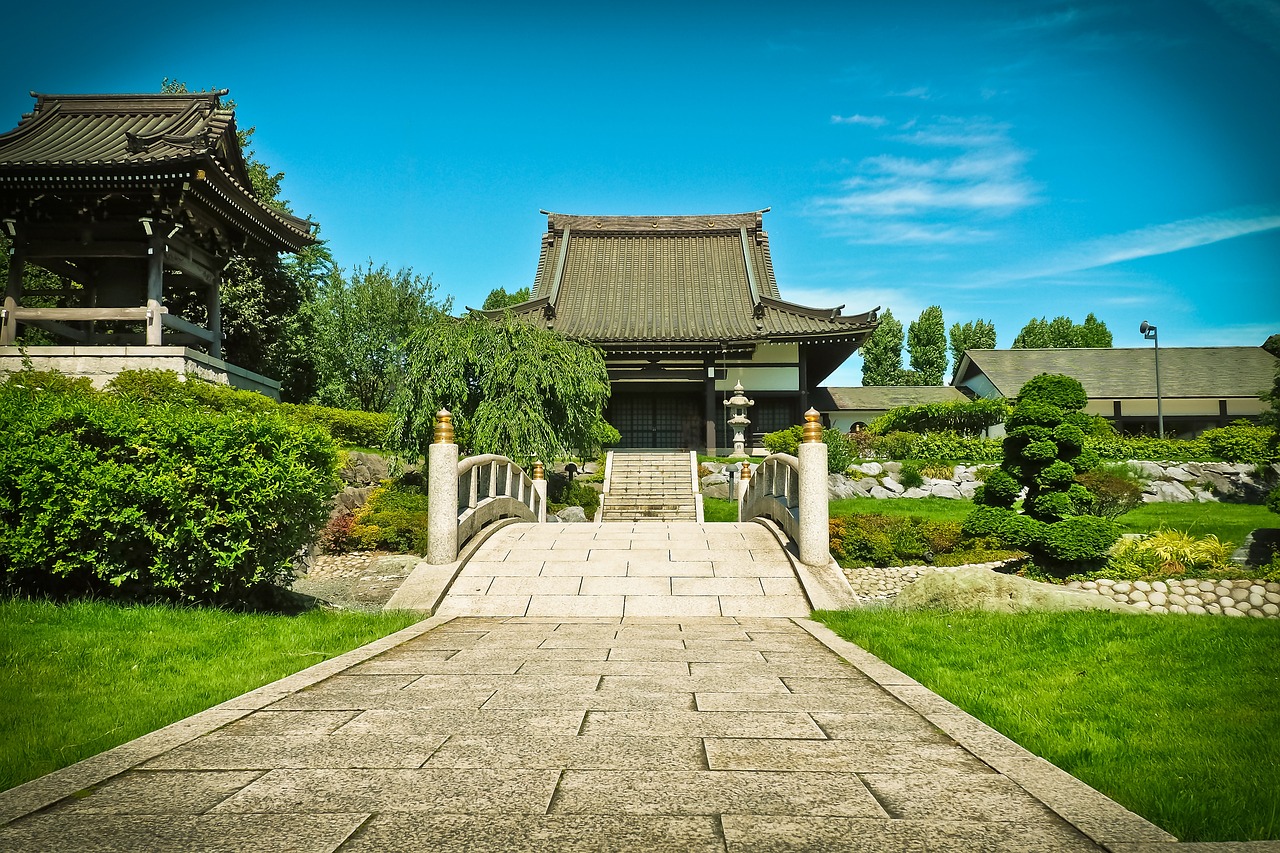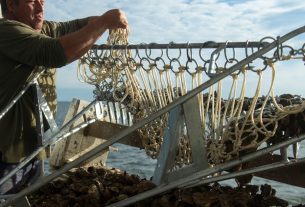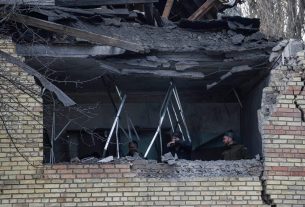While many parts of the world grapple with soaring housing prices and severe shortages, Japan is facing a dramatic housing paradox: an oversupply of homes. As of 2023, Japan has more than 9 million “akiyas” — empty, abandoned, and often decaying houses scattered across the country. These properties, many of which have been left empty for years or even decades, offer a unique opportunity for prospective homeowners and investors alike. In some cases, these houses can be bought for as little as $10,000, making them a highly affordable option for those willing to take on a renovation project.
Understanding the Akiya Crisis
The term “akiyah” refers to vacant homes that have been abandoned, often due to the declining population in rural areas, urban migration, and the aging population in Japan. The country has seen a sharp decrease in its birth rate over the past few decades, combined with an increasing number of elderly residents moving into care facilities or passing away, leaving behind homes that have no immediate heirs or buyers. The result is an ever-growing stock of abandoned properties, especially in rural areas, which has led to an overwhelming oversupply of housing.
In urban areas, while the housing market is still robust, there are also many empty homes as younger generations move to major cities like Tokyo and Osaka in search of better job prospects and lifestyles. This mismatch between housing supply and demand has left many homes sitting unused, some in desirable locations, available for a fraction of their market value.
The Cost of an Akiya Home
For those open to taking on the challenge of restoring a derelict property, akiyas present a rare opportunity. These homes are often priced at just a few thousand dollars, with some going for as little as $10,000 or even less, depending on their condition and location. However, buyers should be aware that purchasing an akiyah often comes with a set of challenges:
- Renovation Costs: Many of these properties are in severe disrepair, with structural issues, outdated plumbing, and electrical systems, and sometimes pest infestations. Renovating a house of this nature can be costly, and prospective buyers should budget for repairs and renovations that may cost more than the initial purchase price.
- Property Taxes and Maintenance: Owners are still required to pay property taxes, and while they may be relatively low, maintaining an empty property or restoring it to livable condition can be time-consuming and expensive.
- Remote Locations: Most of these homes are found in rural areas, where access to amenities, public transportation, and healthcare may be limited. Buyers should factor in the logistical challenges of living in these areas or the costs of commuting to urban centers.
- Legal and Ownership Issues: Some akiyas may have complicated legal statuses, including unclear property ownership or outstanding debts, requiring thorough due diligence before purchasing.
Why Buy an Akiya?
Despite the potential challenges, the idea of buying an akiyah has been gaining traction, especially for those with a passion for renovation and an interest in sustainable living. Here are some reasons why these empty homes might be worth considering:
- Affordable Prices: In stark contrast to the sky-high prices in global housing markets, akiyas are often offered at a fraction of the cost of typical homes in other countries. For anyone seeking a cheap home in Japan, the lower purchase price is a clear advantage.
- Cultural and Historical Charm: Many of these abandoned houses are traditional Japanese homes, featuring unique architectural styles, such as tatami rooms, shoji screens, and futons. Restoring these properties can give buyers the chance to preserve a piece of Japan’s cultural heritage while enjoying the charm of Japanese craftsmanship.
- Escape to Nature: For those seeking a peaceful, rural lifestyle, an akiyah offers a way to live in Japan’s beautiful countryside. Surrounded by nature, these homes provide an opportunity for a slower-paced lifestyle, with access to tranquil landscapes, rice paddies, mountains, and forests.
- Government Incentives: Japan has begun to take steps to address the akiya problem by offering subsidies and tax incentives to encourage buyers to purchase and renovate abandoned homes. Some local governments also provide financial aid to help with the cost of renovations, particularly in rural regions where the population has significantly dwindled.
- Environmental Sustainability: Renovating an akiyah is an opportunity to repurpose an old structure rather than building a new one, contributing to sustainability. By restoring and reusing existing homes, buyers can help reduce urban sprawl and contribute to the local economy.
Government Programs and Support
In response to the rising number of vacant properties, Japan’s government has implemented several programs to encourage the revitalization of akiyas. Local governments, especially in rural areas, are eager to repopulate communities and prevent these homes from falling into disrepair.
- Subsidies for Renovations: Various local governments provide grants or subsidies to help buyers with renovation costs, especially if they intend to live in the house long-term. Some rural municipalities even offer financial assistance to cover up to 50% of renovation expenses, making it a more affordable investment.
- Akiya Banks: Several prefectures in Japan have established akiyah banks, which are databases listing vacant properties for sale. These platforms aim to match potential buyers with homes that are available for purchase at low prices. Some local authorities also provide consultation services to guide prospective buyers through the purchase and renovation process.
- Tax Incentives: For those willing to invest in long-term renovation projects, some areas offer tax incentives such as reductions in property tax rates for homes that are restored and put back into use. These incentives aim to stimulate growth in rural regions and combat population decline.
A Future for Akiyas?
As Japan’s aging population continues to shrink and urbanization persists, the future of akiyas remains a subject of debate. However, the trend of buying and restoring these homes is growing, particularly among international buyers and creative individuals looking for unique housing opportunities. Architects, designers, and entrepreneurs have also seen the potential of these homes for cultural projects, guest houses, or eco-friendly living spaces.
While the akiya market may not be for everyone, it represents an alternative housing solution that’s worth exploring, especially for those interested in sustainable living, affordable housing, and cultural preservation.
Conclusion: A Hidden Opportunity
For those with a taste for adventure and a passion for renovation, Japan’s akiyas offer a unique and affordable pathway into homeownership. With properties available for as little as $10,000, these abandoned houses in both rural and urban locations present an opportunity for transformation and sustainable living, helping to preserve Japan’s architectural history while creating new communities in the process.
While purchasing and restoring an akiyah comes with its challenges, the rewards can be substantial for those ready to invest time, creativity, and resources into a piece of Japan’s future—and past.
References:
- Japan Today: “Japan’s Akiya Problem: What to Do with Empty Homes.” Japan Today
- The Japan Times: “The Akiya Crisis: Japan’s Growing Empty Home Problem.” The Japan Times
- Nippon.com: “Reviving Japan’s Rural Communities Through Akiya Homes.” Nippon



